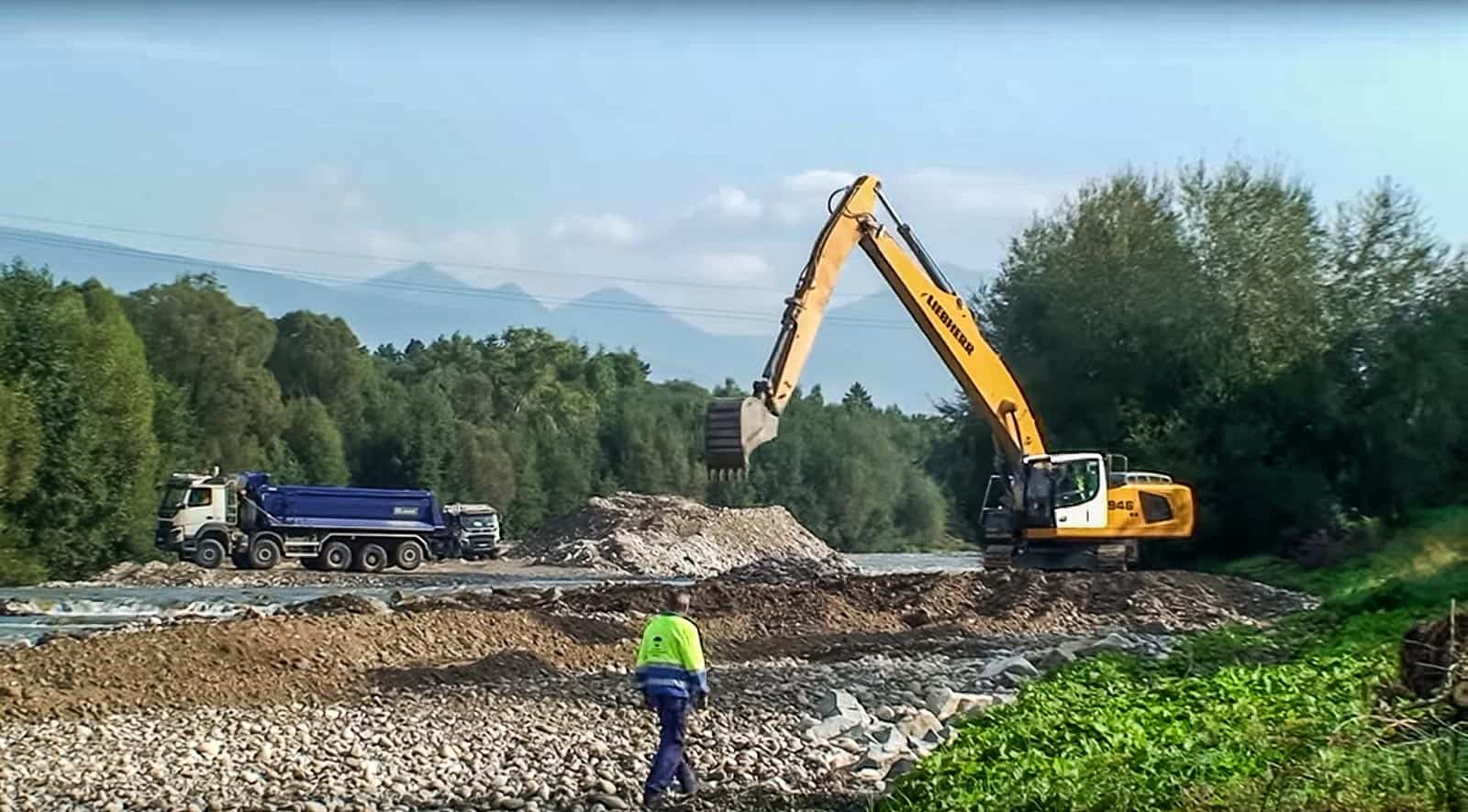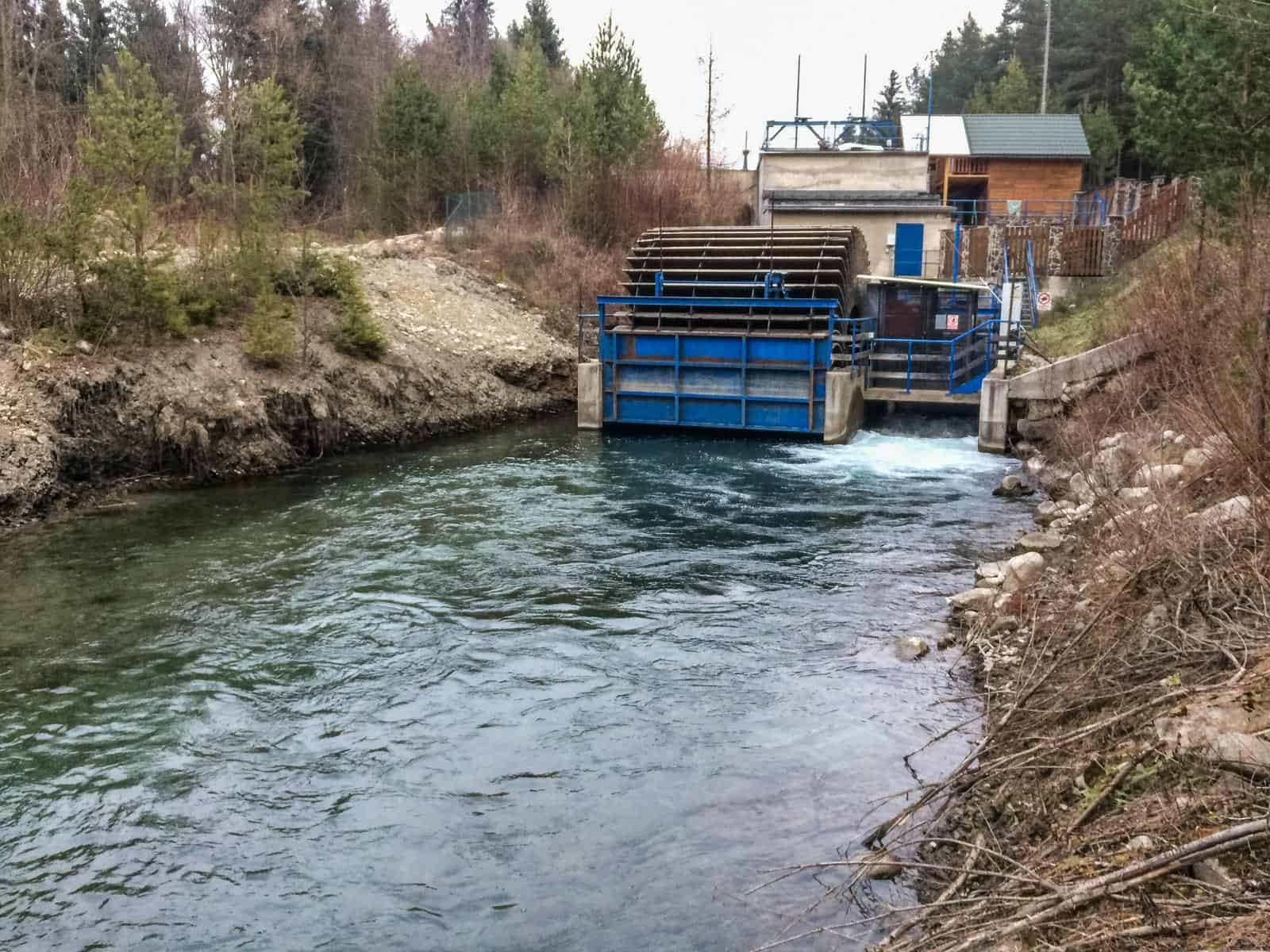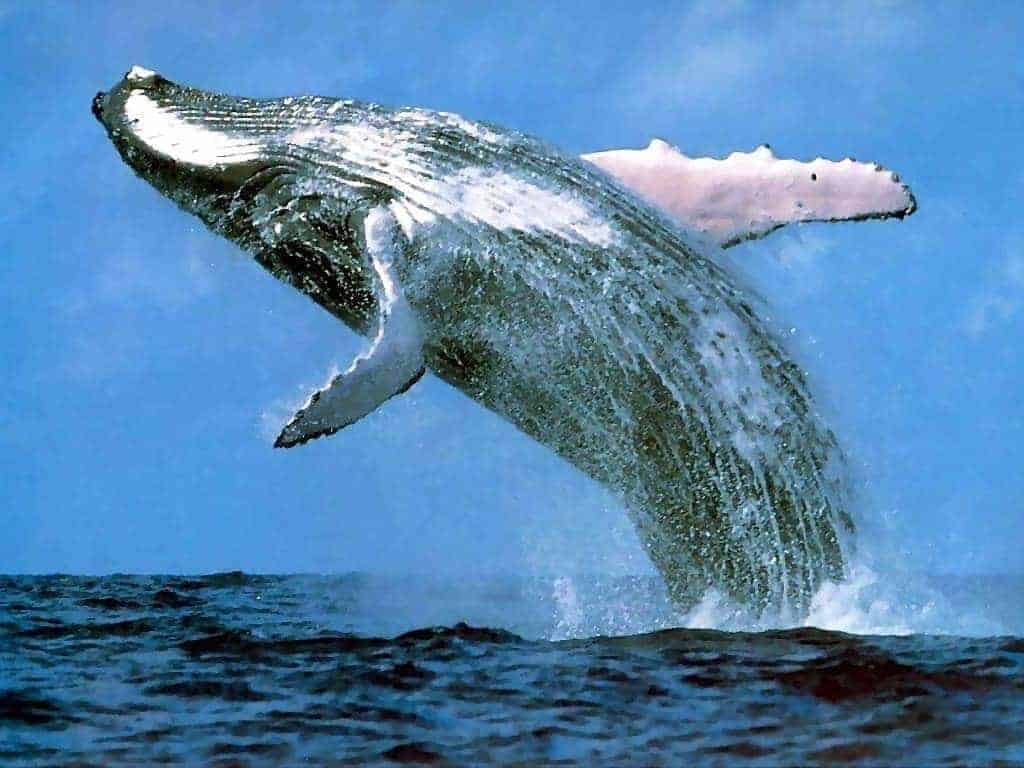Migratory fish populations declined by 76% since 1970
In the last century, humans have altered the Earth’s surface in many ways. Most people are aware of climate change, urbanization and deforestation. But how many of us know that human kind have started, what scientist now call, sixth mass extinction?
Reasons related to human activities have caused extinction of 60% of mammals, birds, fish and reptiles between 1970 and 2012. We all know the reasons for this mass extinction – habitat loss and degradation, species over-exploitation, pollution, spread of invasive species and diseases and climate change. Extinction rates are terrifyingly high throughout all animal classes. However, migratory fish populations rarely gets attention, even though they are declining rapidly.
Please also read: Record-high temperatures causing salmon die-off in Alaska
Why are migratory fish important?
Migratory fish are species of fish that spend period of their life in the sea and then travel to freshwater rivers to spawn (e.g. salmon, sea trout, sturgeon) or the opposite – spend their lives in river just to travel to the sea for spawning (e.g. European eel). Migratory fish are important for keeping river ecosystems healthy. They transfer energy and many valuable nutrients (including nitrogen and phosphorus) from sea to land.
How does that work? Let’s use the most iconic migratory fish species – salmon. Salmon migrate only once in their life. They feed and grow in sea waters, and when spawning time comes they migrate thousands of kilometers to the river sources where they were born. Because the journey is so tiring, salmon put all of their energy into it and shortly after spawning they die from exhaustion, thus completing the cycle of their lives. Migrating salmon feeds bears, wolves, otters, birds of prey; whatever these predators leave behind them will be quickly eaten by smaller mammals and birds or absorbed into soil where plants, mushrooms and bacteria take advantage of nitrogen and phosphorus. If salmon is washed down the stream, then bottom dwelling animals, insects, other fishes and bacteria will take advantage of the nutrients.
The migratory fish provide food not only for animals, but also communities living by the rivers. Millions of people’s livelihoods rely on catching fish daily and recreational fishing is worth billions of dollars a year.

Migratory fish populations are in decline
Audits have shown, that populations of migratory river fish around the world have plunged by 76% since 1970. In Europe, the decline is even greater at 93%. Some groups of fish, like sturgeon and eel populations declined by more than 90%. And scientists believe these numbers might be even more drastic, because the decline in fish populations have started long before 1970. Currently, 1100 freshwater migratory fish species need protection.
As an example, consider Chinook salmon migration to Columbia River system in the United States. Before the 20th century, between 10 million to 16 million adult salmon and steelhead trout have been migrating every year to the Columbia River system. The current migration of these wild fish is 2 percent of that. Imagine how many thousands of kilograms of usual nutrients the ecosystem is lacking – and that is only one river!
Why are migratory fish so threatened?
Migratory fish are more vulnerable to damaging effects, because they experience it both in marine environments and in rivers (where the ecosystems are greatly affected by surrounding lands as well). In addition, migratory fish experience these challenges:
- Dams. There is not a worse thing for a migratory fish than a dam. Of course it depends on the type and exploitation model of a dam, but in general, they are all insurmountable for migratory fish. Fish cannot jump over it and so they cannot follow their instinct to swim to source of the river and spawn eggs. Also, nutrients stored in the bodies of fish cannot reach deeper in-land ecosystems. Dams also slow down flow of river. Water becomes warmer. Pollutants linger longer in water. These factors impact orientation abilities of migratory fish. Only 33% of world’s longer rivers remain free flowing. Currently there are over a million various barriers blocking rivers of Europe. Most of them are abandoned hydropower stations, have no legal owners or are in emergency condition.
- Pollution. Direct water pollution and agricultural usage of chemicals on the lands surrounding rivers make river water unattractive for migratory fish, to say the least. Pollutants affect fish smell, hormone receptors and orienteering abilities.
- Loss of natural river flow and suitable habitats for reproduction. It is common to change natural river bed according to human needs – make it deeper and straighter for increased ship traffic. For spawning, different species need various river habitats which include shallow source, sandy or rock bottom, variable stream speed and water temperatures. Humans usually alter river beds without consideration to migratory fish.

What can we do?
Firstly, we have to realize that nature for humans is not only ‘nice to have’ – it is our life-support system. Healthy ecosystems provide humanity with clean water, fresh air, rich soil and everything else. Migratory fish occupy an important part in river ecosystems and so we have to strive to help migratory fish, before their populations drop bellow recovery point.
Secondly, initiate or support dam removal. Good news is that migratory fish populations can bounce back as soon as the conditions of rivers are improved. A river restoration completed by the Penobscot River Restoration Trust partners in 2016 on the Penobscot River in Maine, US, led to river herring numbers growing from a few hundred to nearly 2 million a year. In Europe, coalition The Dam Removal Europe is working hard to free the continent’s rivers from obsolete barriers. They offer support for dam removals of all sizes.
Almost without exception, where dams have been removed, you see populations bounce back, often much more quickly than anyone anticipated.

Thirdly, be an advocate for migratory fish. We hope you got inspired to help migratory fish and we hope you will inspire at least a few people in your community to be kinder to fish in rivers and lakes. With less pollution, fewer dams and free flowing rivers, fish will soon be able to come back home.
European Wilderness Society is putting great efforts into caring for last WILDRivers of the Europe. WILDRivers are free from dams, bed altering and any other human activity, thus they are perfect for migratory fish.








